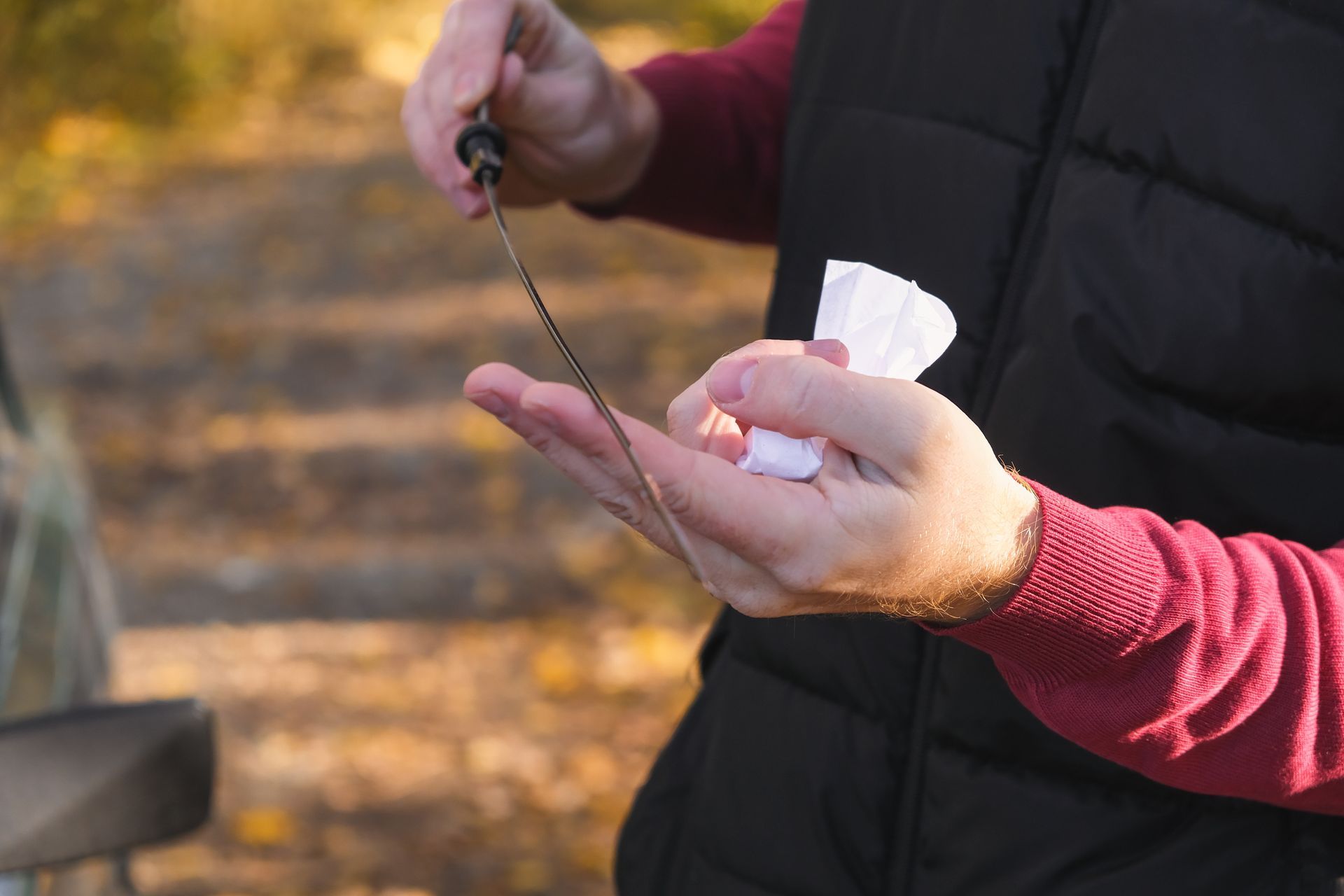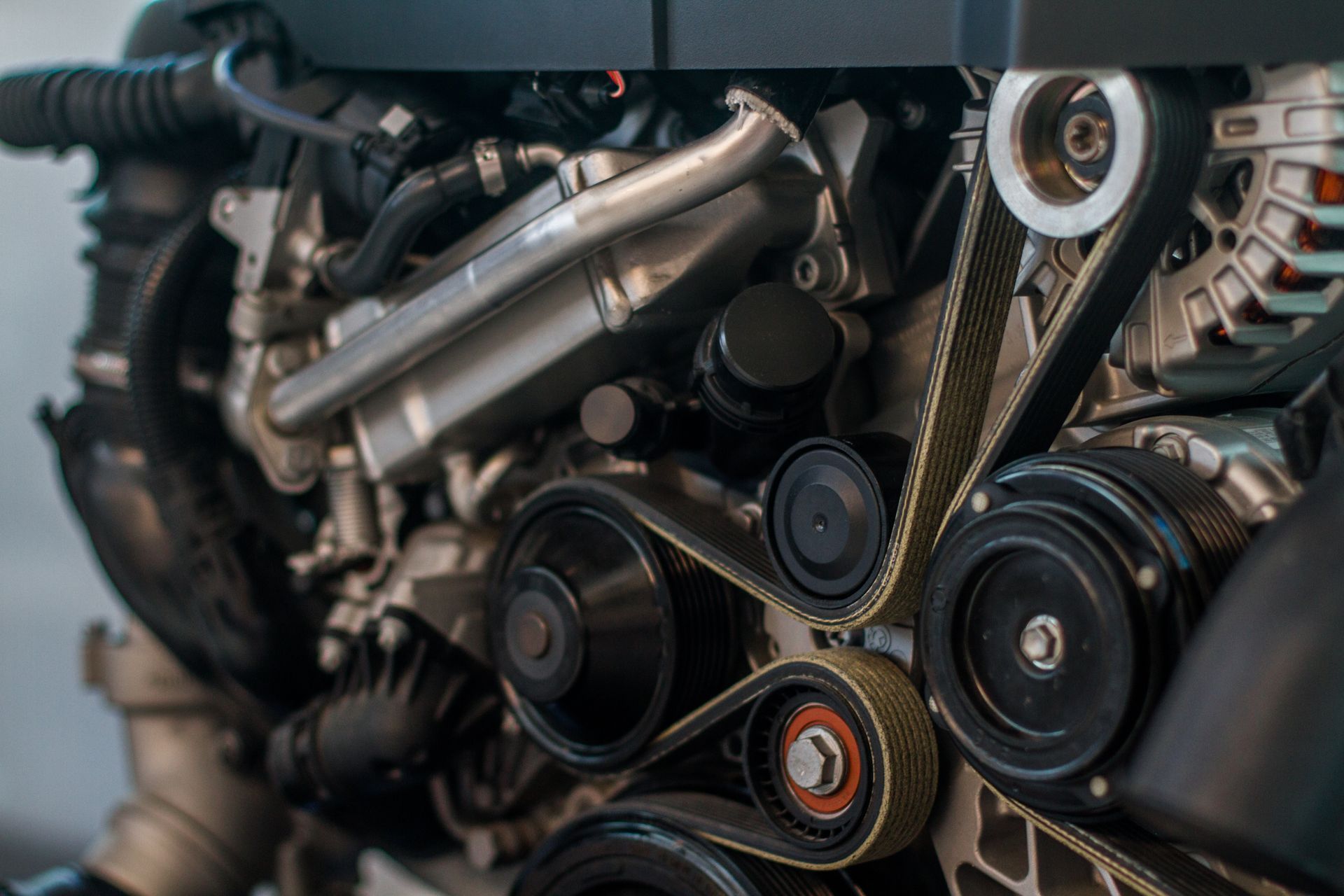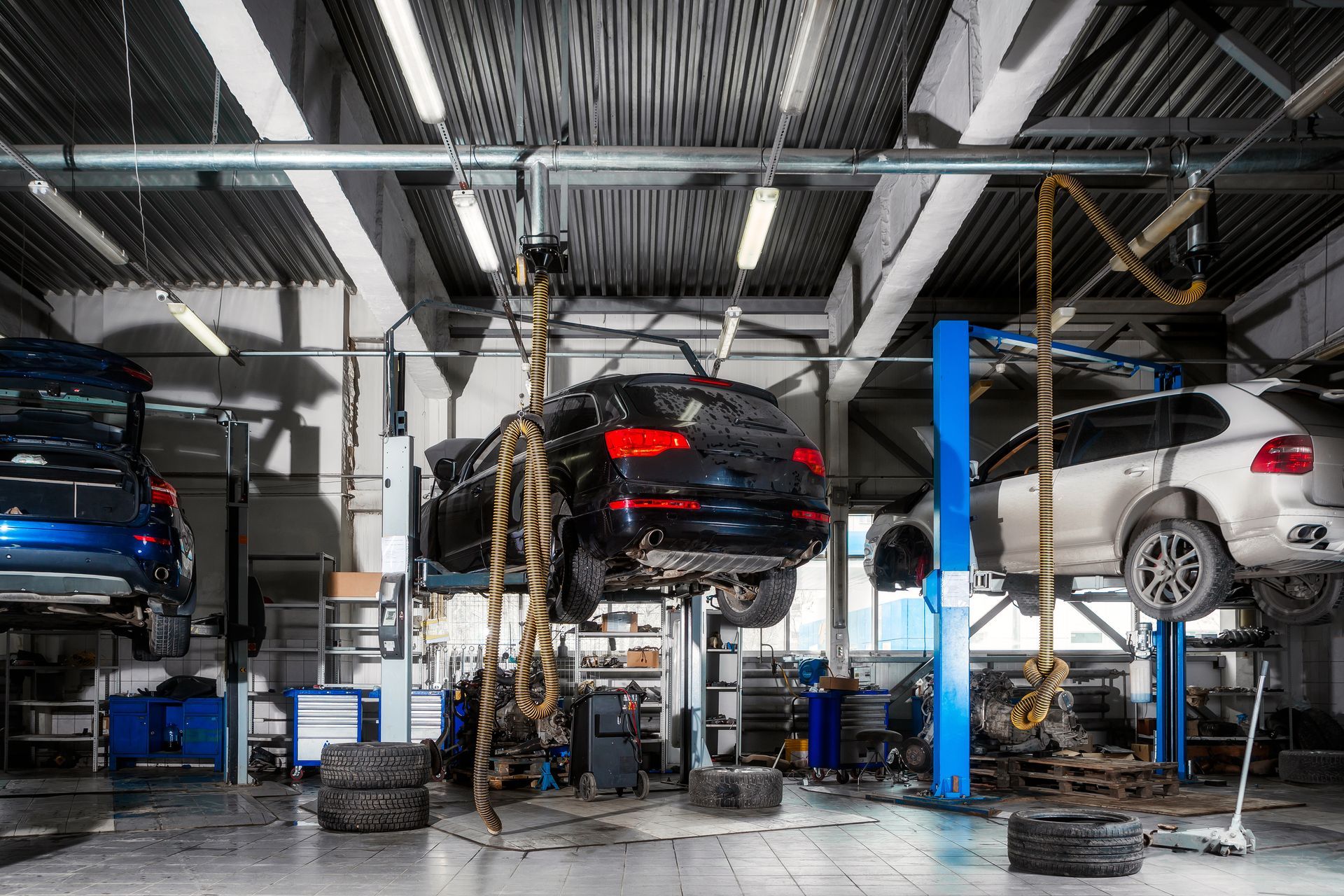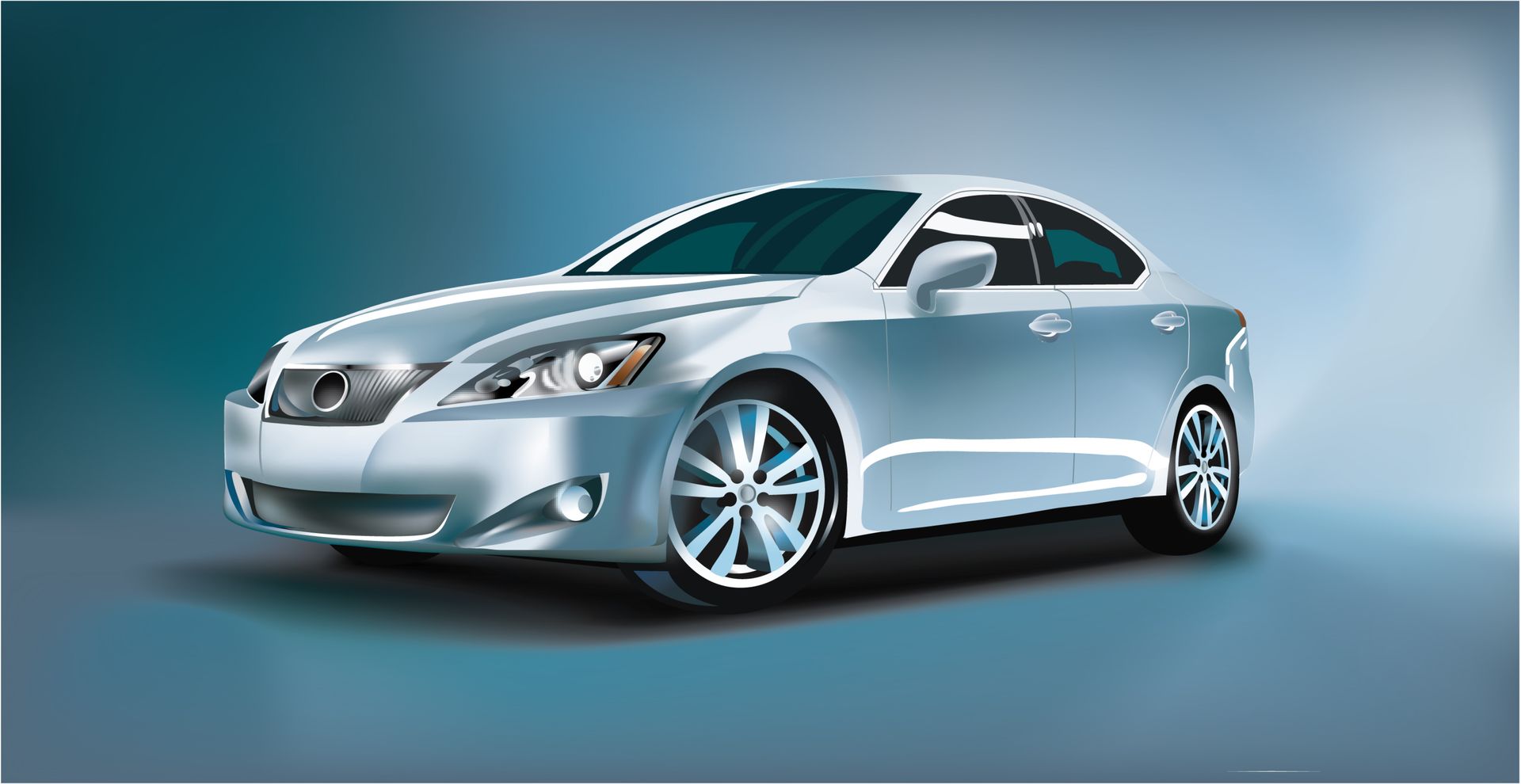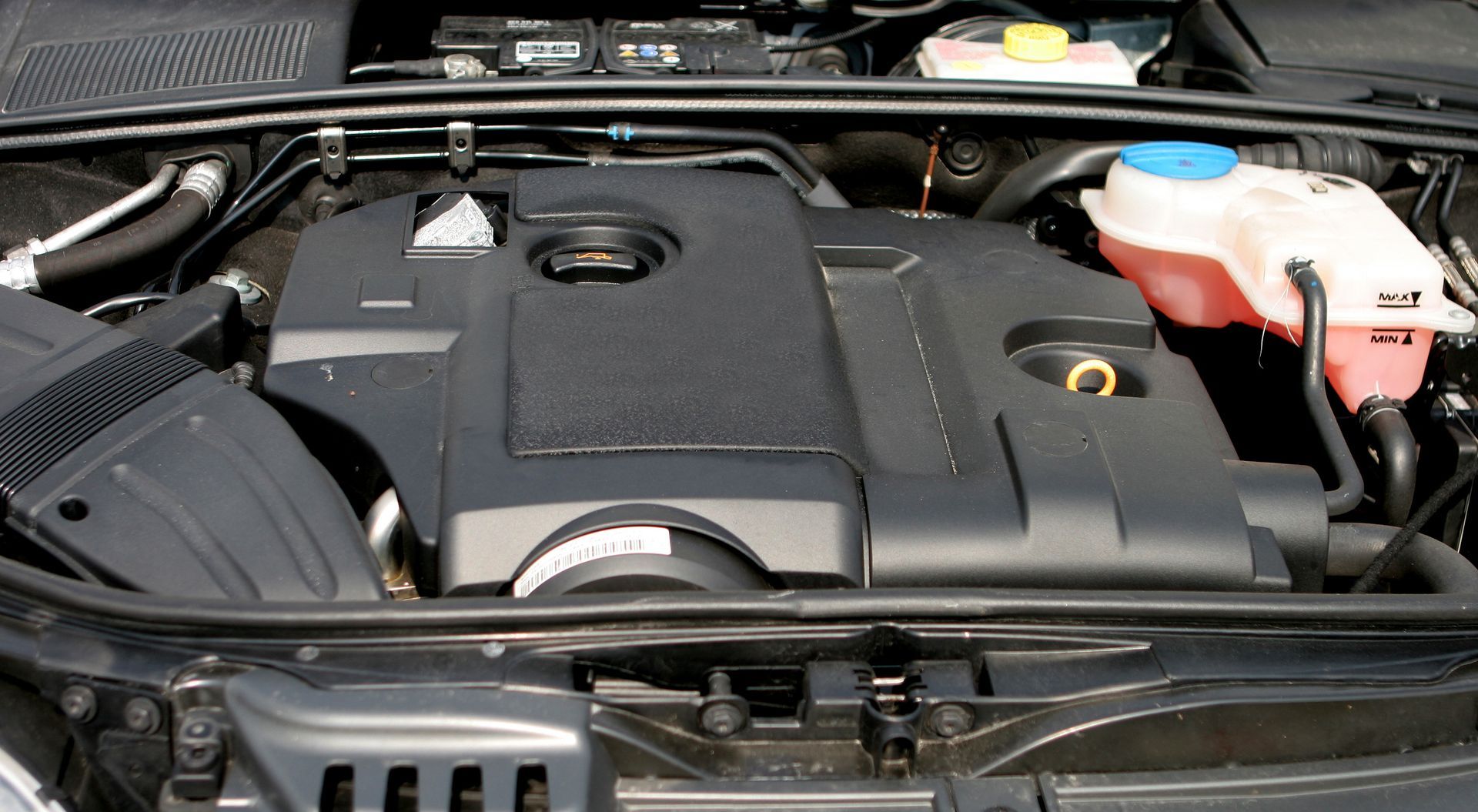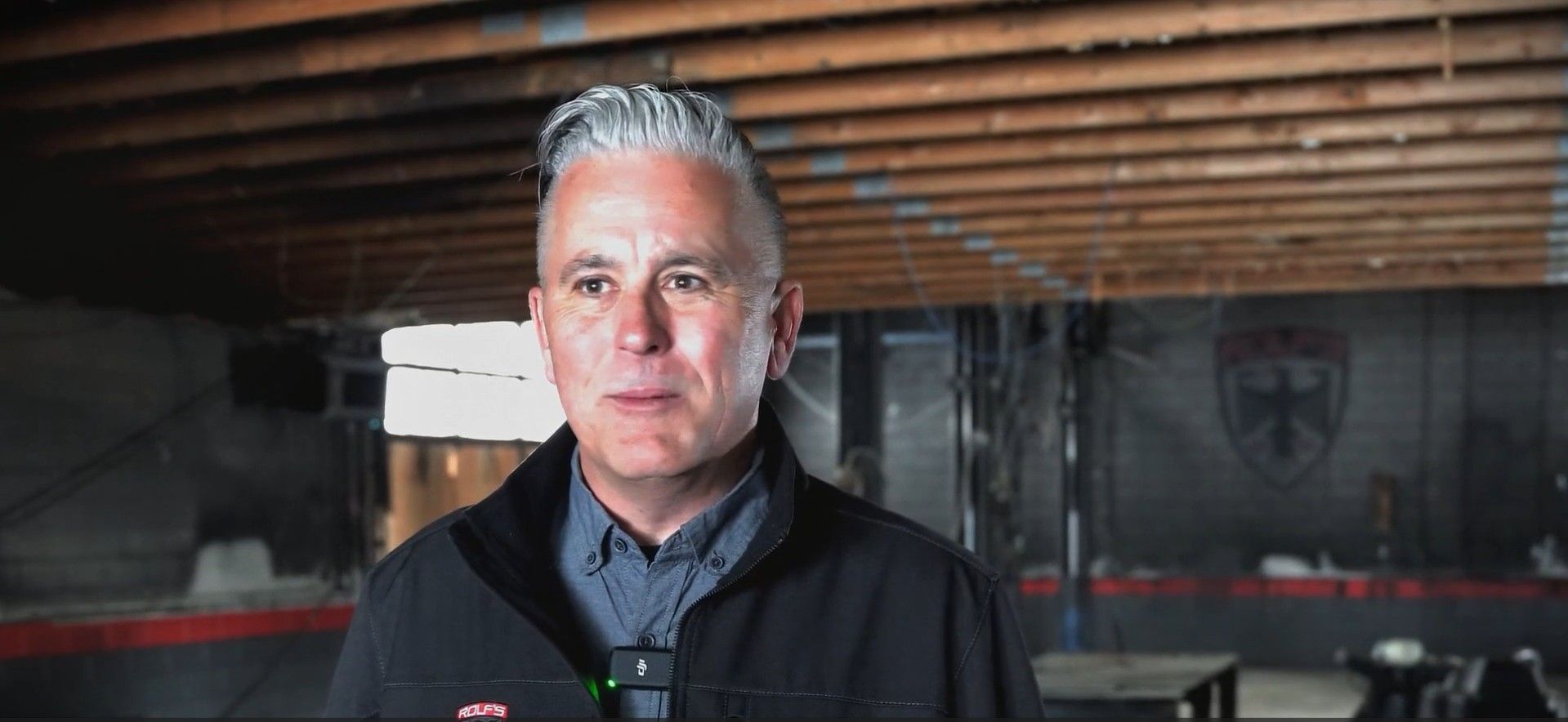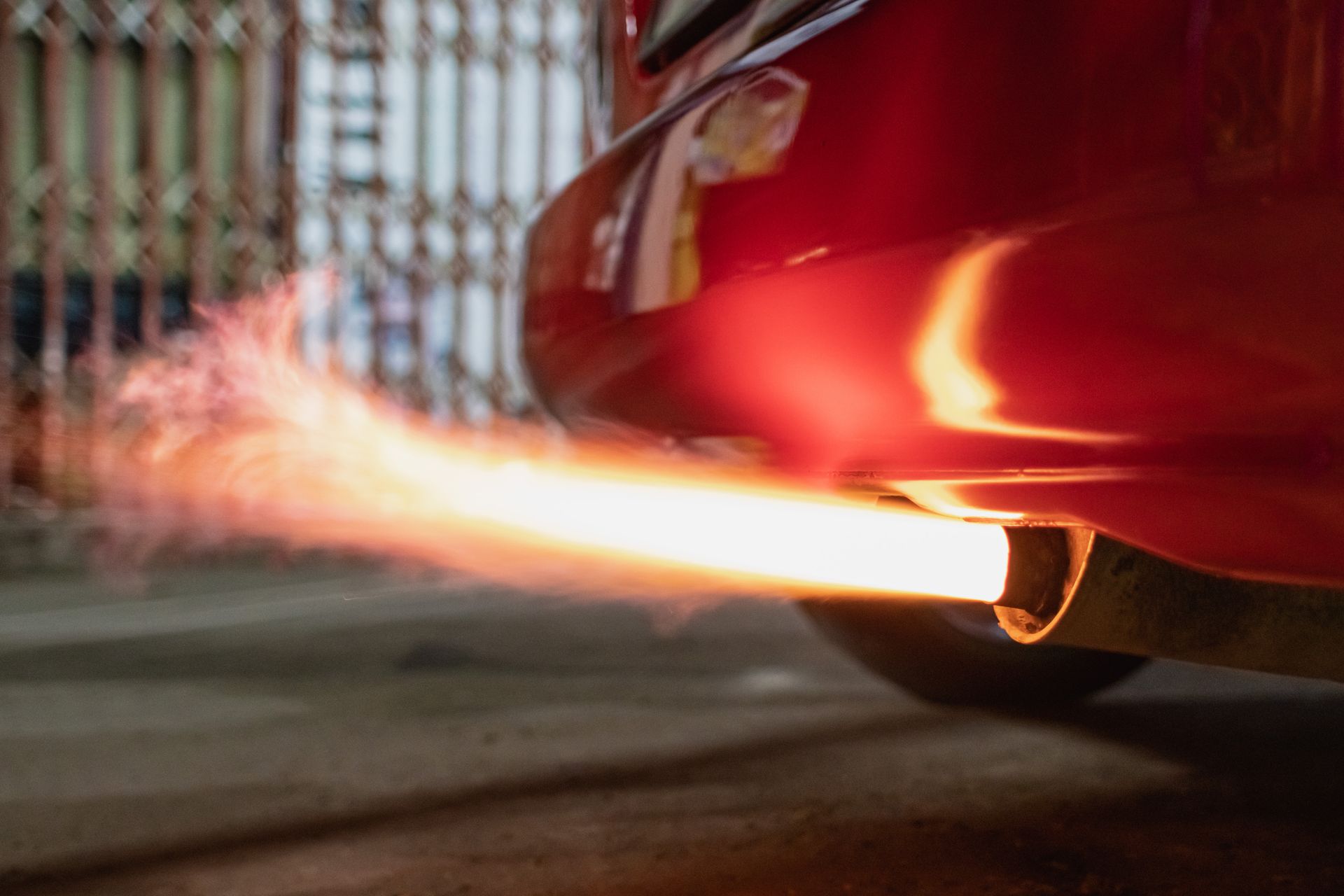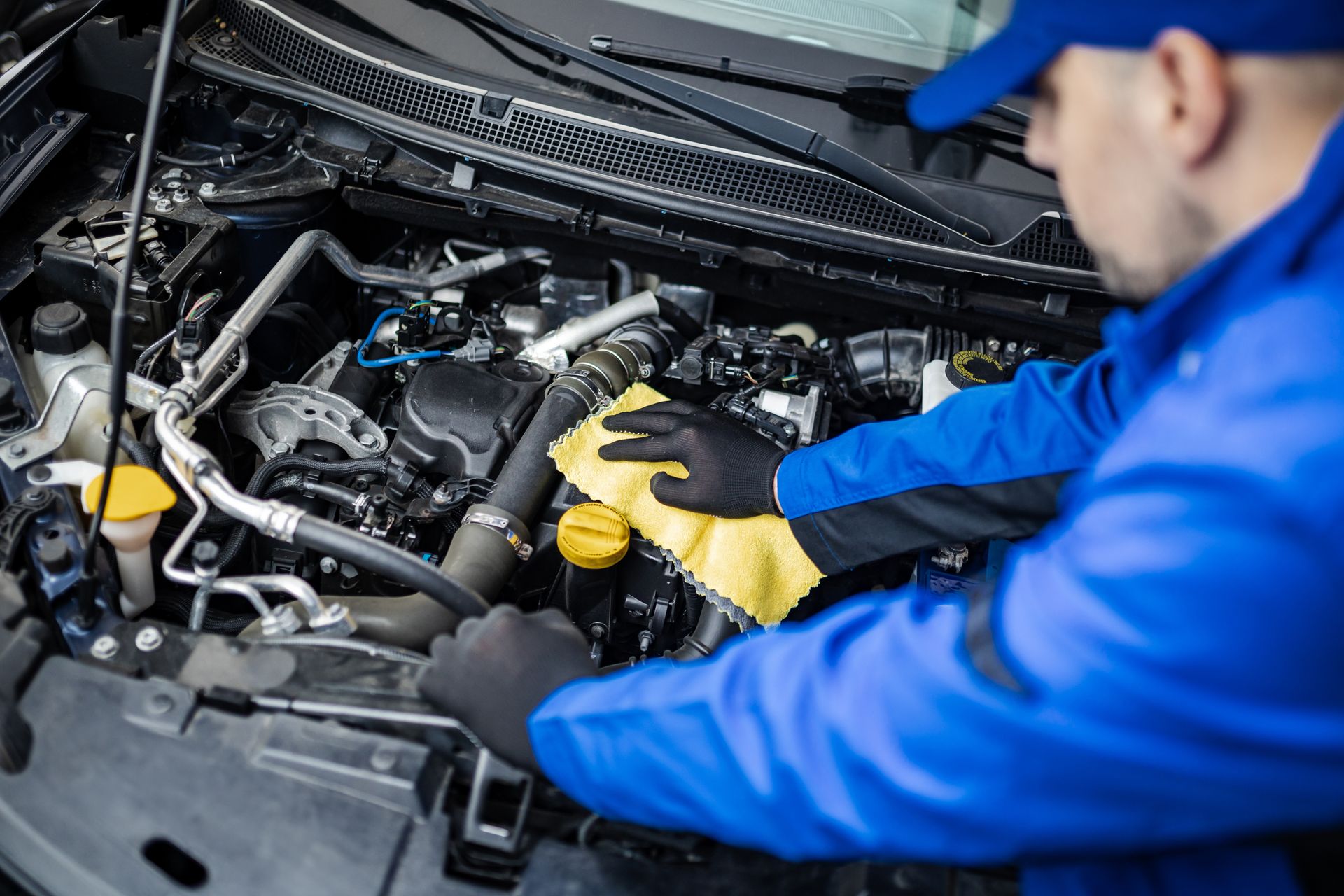When your car is running, the engine generates a tremendous amount of heat. If that heat isn’t controlled and dissipated properly, it can lead to serious damage. That’s where your cooling system comes in—and the engine cooling fan plays a crucial role in keeping temperatures within a safe range.
Many drivers don’t realize the importance of this fan until something goes wrong. A failing or non-functioning cooling fan can cause your engine to overheat, especially during slow-moving traffic or idle conditions. Understanding how this system works can help you identify potential issues early and prevent costly repairs.
What Does the Cooling Fan Do
The cooling fan is typically mounted near the radiator. Its job is to pull or push air through the radiator to cool the engine coolant, which in turn reduces the engine’s temperature. While driving at highway speeds, airflow from the road often provides enough cooling on its own. However, when your vehicle is stopped or moving slowly, the fan ensures that air continues to circulate through the radiator.
There are generally two types of fans: mechanical and electric. The engine drives mechanical fans and often uses a clutch system to engage or disengage based on temperature. Sensors control electric fans and only activate when needed.
When Does the Cooling Fan Activate
The fan doesn’t run constantly. It turns on when the engine reaches a certain temperature or when the A/C system is engaged. In electric fan systems, temperature sensors and relays monitor coolant temperature and send signals to activate the fan motor.
Some vehicles may have multiple fans or multiple fan speeds. The fan may run on a low setting during normal operation and switch to high speed when the engine is under stress, or the temperature rises quickly.
What Happens When the Fan Fails
If the cooling fan doesn’t turn on when it should, the engine won’t receive enough airflow to keep the coolant at the right temperature. This can result in:
- Rapid overheating, especially in traffic
- A/C system performance dropping (since the fan also assists with condenser cooling)
- Steam from under the hood
- An illuminated temperature warning light or check engine light
A burned-out motor, faulty relay, damaged wiring, or a bad temperature sensor can cause a failed cooling fan. In some cases, a blown fuse might be all that’s stopping the fan from working.
Signs You Might Have a Cooling Fan Problem
- Engine temperature rises while idling but drops when driving
- Loud noises or vibrations coming from the fan area
- A/C works fine while driving but loses effectiveness at stops
- Visible damage to the fan blades or housing
If your temperature gauge is climbing more often than usual, especially during slow drives or while parked with the engine running, it’s time to have the fan system checked.
Preventing Fan-Related Overheating
Regular maintenance of the cooling system helps prevent overheating problems. That includes keeping coolant levels topped off, flushing the coolant at recommended intervals, and having your thermostat and water pump inspected periodically.
During routine service, technicians should also inspect the fan blades, motor, wiring, and sensor connections. Catching a worn fan motor or failing relay early can prevent overheating before it starts.
Trust Rolf’s Import Auto Service in Pierce County, WA, for Cooling System Care
Your engine relies on the cooling fan to maintain safe temperatures, especially in traffic or during the summer heat. If your vehicle is showing signs of overheating or the fan isn’t working as it should, we’re here to help.
Call
Rolf’s Import Auto Service in Pierce County, WA, today to schedule a cooling system inspection and keep your engine protected.

